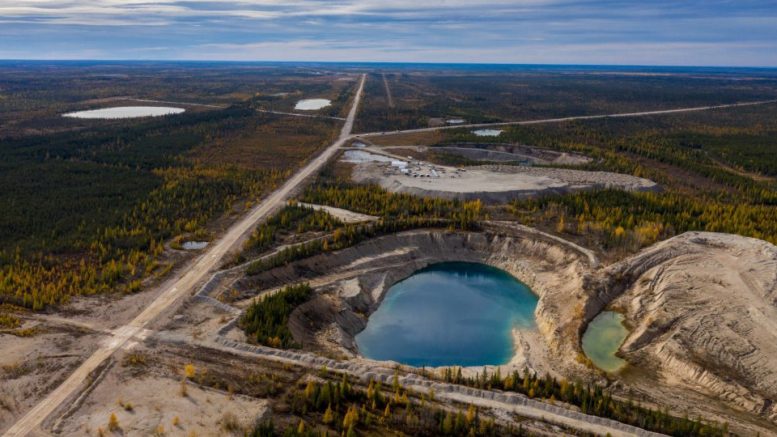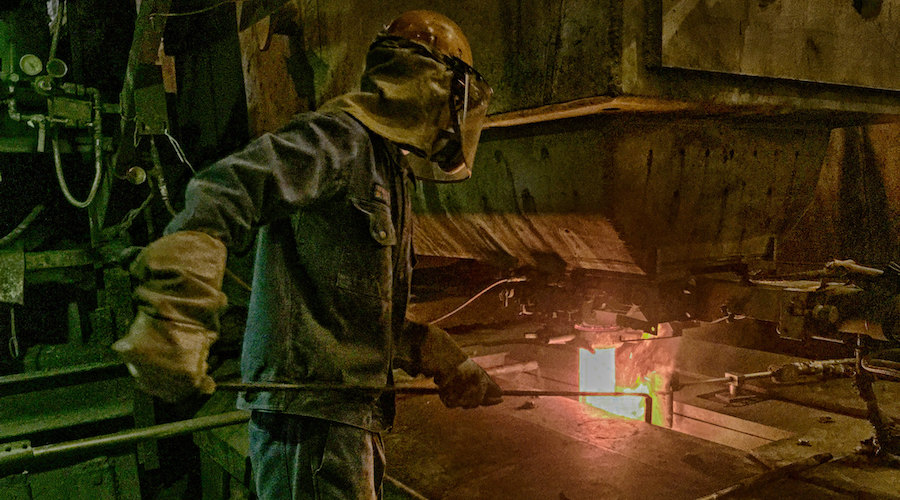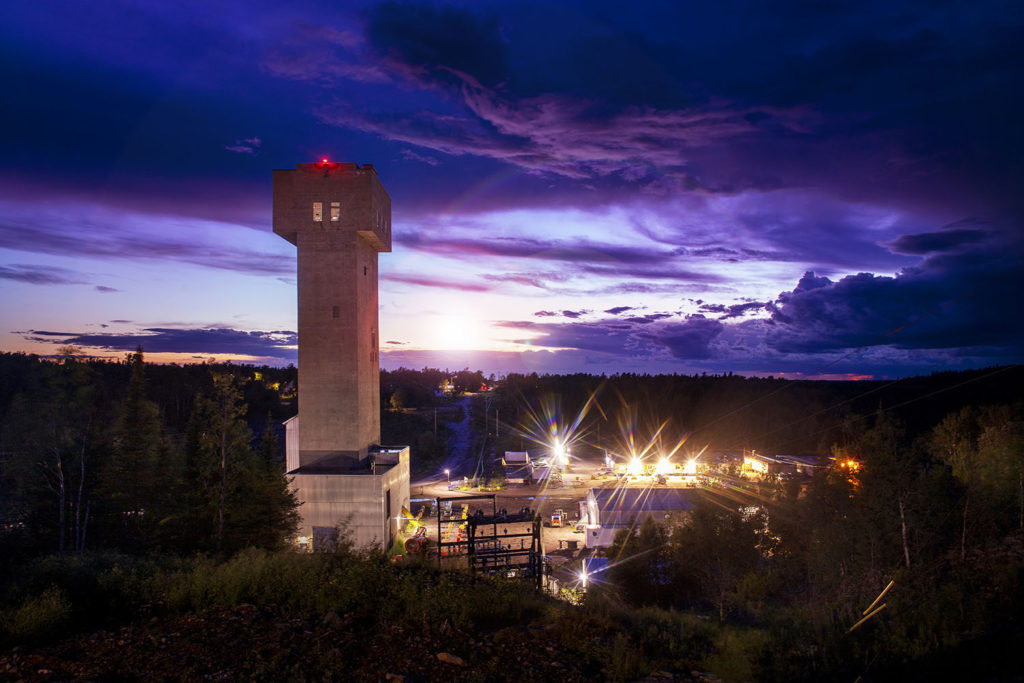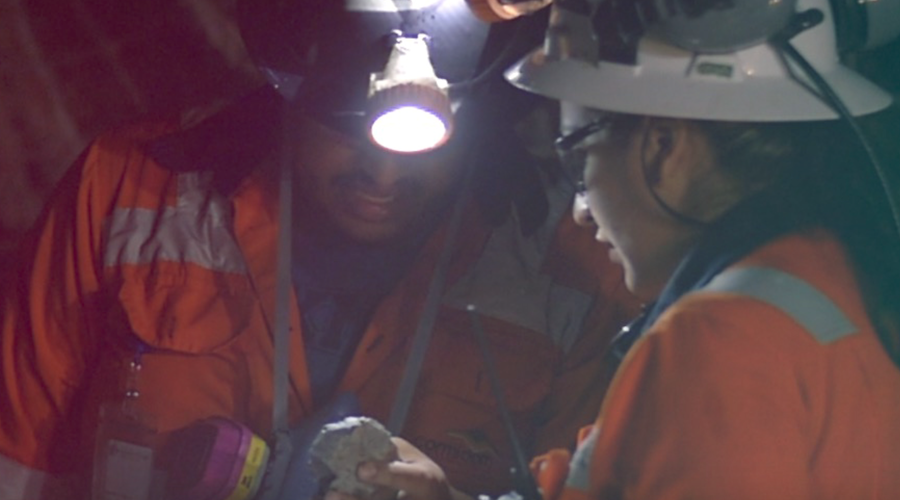Seismic device made for extraterrestrial research useful to monitor CO2 levels at mine sites
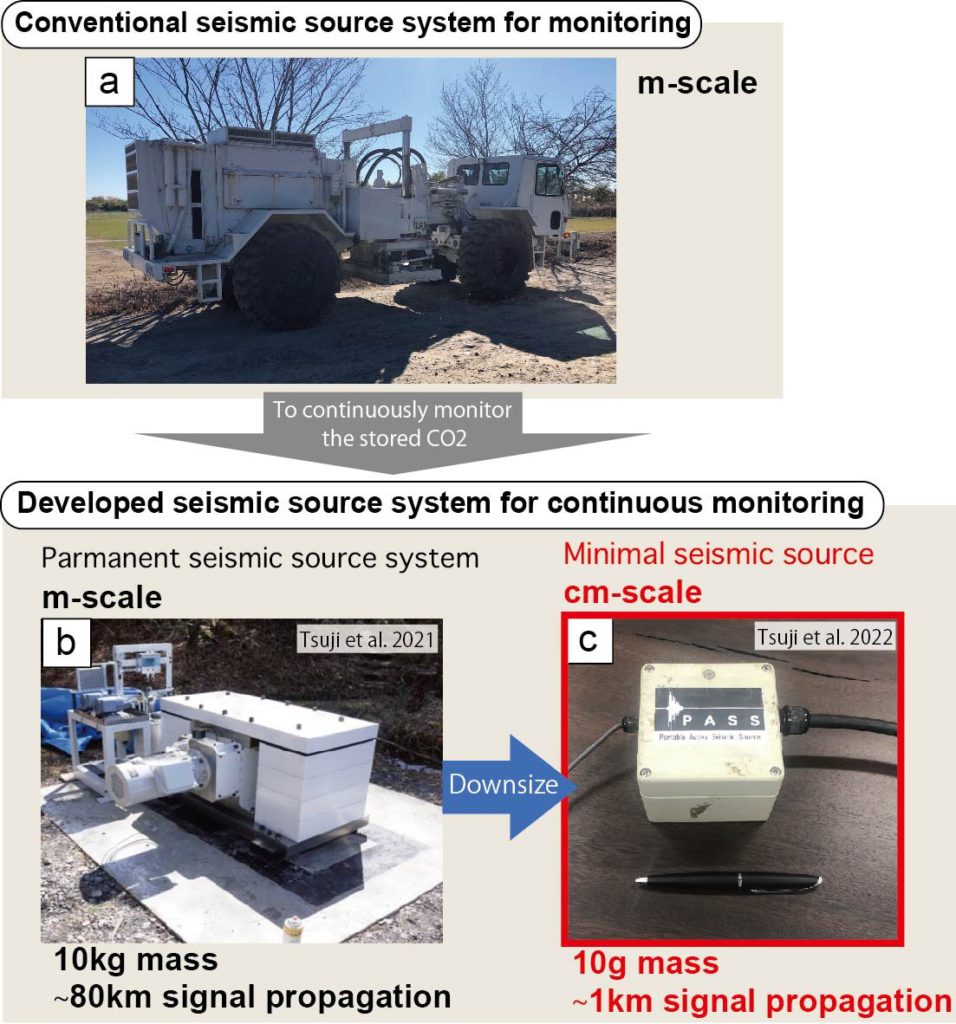
But seismic monitoring typically requires large, expensive machinery, making continuous monitoring at the scales needed for carbon reservoirs cost prohibitive and practically challenging.
This is where their Portable Active Seismic Source (PASS) comes in. The device was designed for extraterrestrial uses, such as geophysical research on the moon and Mars but it can also be put to good use on earth.

“Because of the device’s small size, the vibrations it produces are relatively weak, but when these vibrations are produced continuously, the resulting signals can be stacked together, allowing transmission over long distances,” Takeshi Tsuji, lead author of the study said. “With a four-centimetre motor, the signal could be transmitted one kilometre—the scale needed for monitoring strata used to store carbon dioxide.”
PASS’s small size makes it easily deployable at a variety of locations, including mine sites. It is also more affordable than conventional seismic sources, which are typically several meters in size. The compact device can be powered by a 12-volt car battery, and can even be deployed by drone in areas that are otherwise inaccessible.
The researchers tested the PASS at two field sites, one on a riverbank and one on a tailings embankment in a mining area. According to Tsuji, the system has great potential for various scientific and engineering applications, including monitoring potential disasters such as landslides and volcanoes, and imaging structures such as tunnels, dams, and embankments.
“The affordability and practicality of continuous subsurface monitoring using this newly developed PASS technology, allowing detection of sudden changes in reservoirs that could lead to CO2 leakage, make it particularly valuable for the development of carbon sequestration projects,” the scientist said. “This enhancement to its safety may also encourage public acceptance of these and other geoengineering projects.”
This post has been syndicated from a third-party source. View the original article here.

